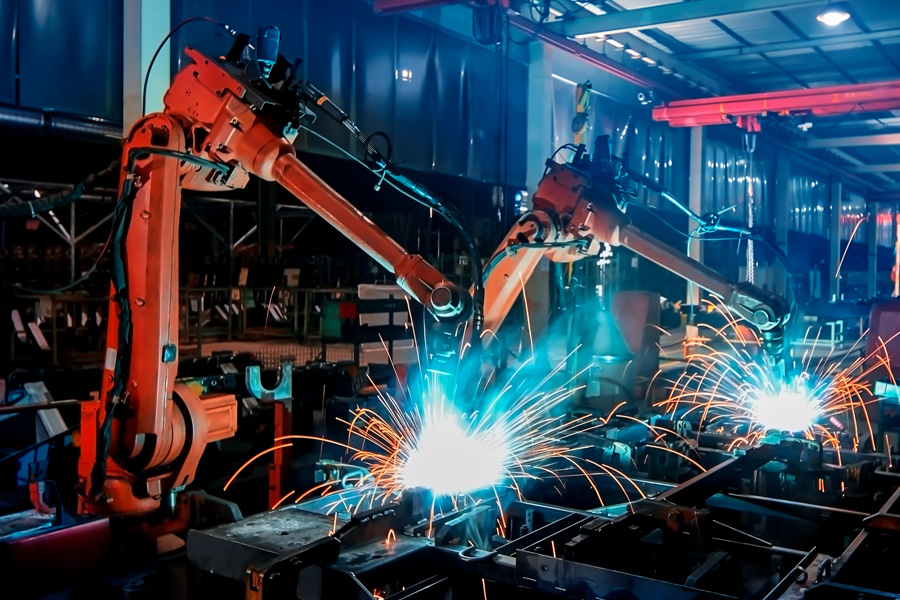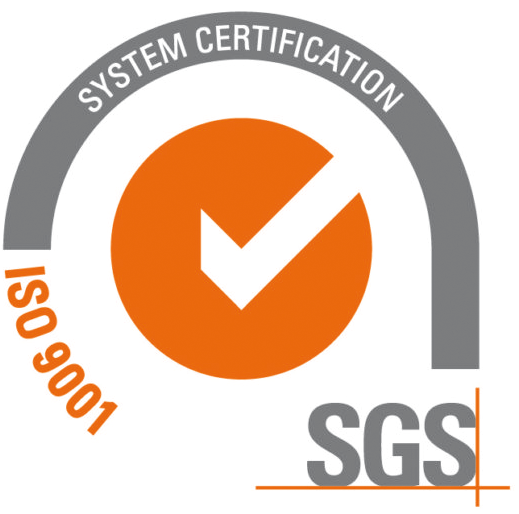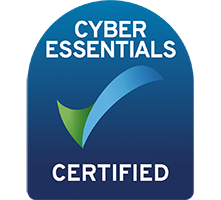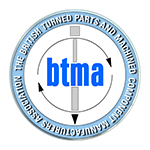TIG Welding
What is TIG Welding used for?
TIG (Tungsten Inert Gas) welding, also called GTAW (Gas Tungsten Arc Welding), utilises a non-consumable tungsten electrode and inert shielding gas to produce high quality, precise welds on thin sections of stainless steel, aluminium, magnesium, copper alloys and other non-ferrous metals. Its ability to weld reactive metals and avoid distortion makes TIG suitable for industries such as aerospace and automotive that require meticulous welding work. It is commonly used for welding pipe fittings and the root pass in pipe welds.
What is the TIG Welding Process?
This process relies on an electric arc forming between a pointed tungsten electrode and the workpiece metal while an inert shielding gas flows over the weld area. The electrode, workpiece and TIG torch are connected to a welding machine that provides power. To start, the electrode is gently touched on the workpiece and withdrawn slightly to ignite the sustained welding arc that melts the metal to create a weld pool. The torch gets moved steadily along the weld joint line as a filler metal rod is introduced to the pool when required to build up welds. The inert gas shields the molten pool from contaminants as it solidifies. The heat concentration allows precise puddle control for quality welds.
Top 5 Benefits
TIG welding provides metal fabricators several advantages that explain its widespread industrial use:-
Precise Control
The TIG arc provides concentrated heat input, enabling the skilful technician to control the puddle precisely. This gives neat, strong and clean welds.
Material Versatility
TIG can weld thin stainless steel, nickel alloys, titanium, aluminium and magnesium amongst other conductive metals. It handles these reactive metals well.
No Spatter
As there is no spatter (molten oxide residue), TIG welded surfaces do not need extensive cleaning after welding.
Versatile Reach
The TIG torch and arc can access and weld in all positions – flat, horizontal, vertical and even overhead. This helps weld difficult joints.
Lower Costs
No consumables like filler wires or shielding gases are required for light gauge metals. This reduces operating costs.
Are there limitations to using TIG Welding?
Although it has its advantages, there are some limitations:-
Equipment required for TIG Welding
The main equipment components required for TIG welding are:
In addition to this equipment, grinding tools, clamps, a welding table, an auto-darkening helmet, foot pedal torch control, fume extraction if working indoors, and safety gear are also required. With practice and the right techniques, it can produce the highest quality precision welds for many metal joining applications across industries.
Get in touch to discuss your project.
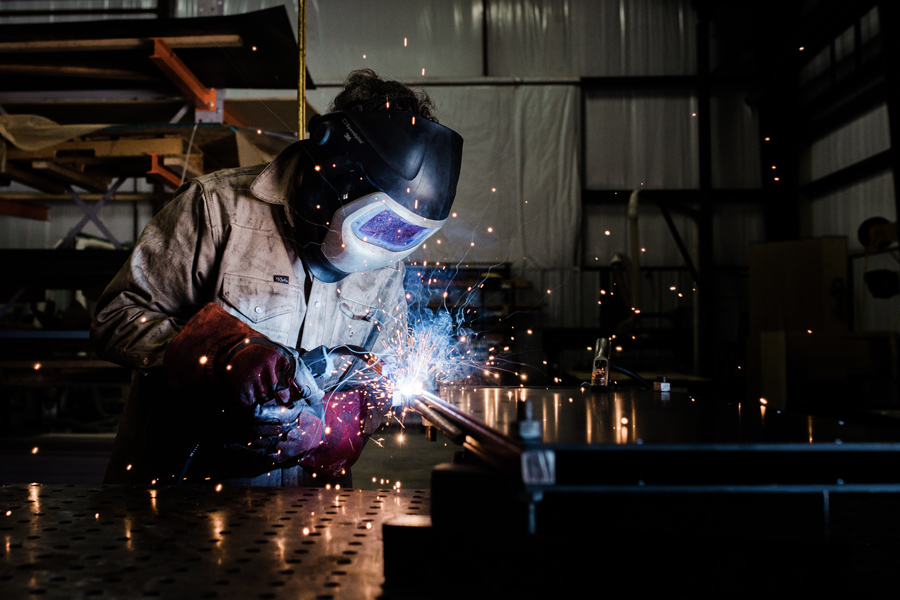
What is MIG Welding?
